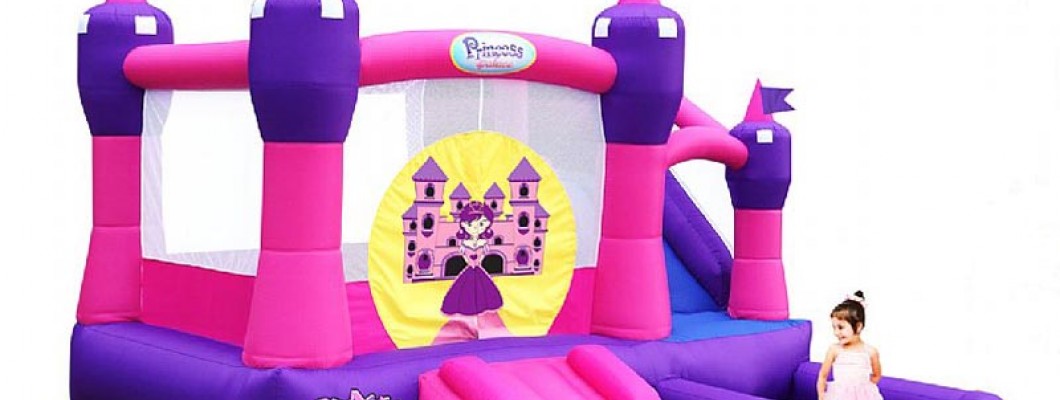
Play structures are essential for children's development, providing opportunities for physical activity, social interaction, and imaginative play. Inflatable castles are a popular choice, but how do they compare to other play structures like traditional playgrounds, jungle gyms, and trampolines? This article explores the advantages and disadvantages of inflatable castles in comparison to other play structures, helping parents and event organizers make informed decisions.
Inflatable Castles
Advantages
- Portability: Inflatable castles are easy to transport and set up, making them ideal for events and temporary installations.
- Safety: The soft, bouncy surfaces reduce the risk of injury from falls.
- Variety: Available in numerous themes and designs, they can cater to different interests and age groups.
- Engagement: The novelty and fun factor keep children entertained for long periods.
Disadvantages
- Durability: Inflatable castles can be punctured or damaged more easily than fixed structures.
- Weather Dependence: They are less suitable for use in adverse weather conditions like high winds or rain.
- Limited Capacity: They typically accommodate fewer children at once compared to large playgrounds.
Traditional Playgrounds
Advantages
- Durability: Built from robust materials, they can withstand heavy use and harsh weather.
- Capacity: Large playgrounds can host many children simultaneously.
- Variety of Equipment: Often include slides, swings, climbing structures, and more, offering diverse play options.
- Accessibility: Many modern playgrounds are designed to be inclusive for children with disabilities.
Disadvantages
- Cost: Installation and maintenance can be expensive.
- Space Requirement: Require significant space and are usually fixed in one location.
- Safety Concerns: Hard surfaces can pose injury risks if children fall.
Jungle Gyms
Advantages
- Physical Development: Promote strength, coordination, and motor skills through climbing and balancing activities.
- Durability: Typically constructed from metal or wood, they are built to last.
- Versatility: Can be designed with various features like slides, swings, and ropes to create complex play environments.
Disadvantages
- Safety Risks: Higher structures can lead to falls and injuries without proper supervision.
- Installation: Require professional installation and can be permanent fixtures.
- Space and Cost: Often require more space and a higher initial investment compared to inflatable castles.
Trampolines
Advantages
- Exercise: Excellent for cardiovascular health and leg strength.
- Fun Factor: Highly enjoyable and engaging for children and adults alike.
- Variety: Available in various sizes and with additional features like safety nets and enclosures.
Disadvantages
- Safety Concerns: High risk of injury if not used properly or without supervision.
- Weather Dependence: Outdoor trampolines are not suitable for use in bad weather.
- Space Requirement: Need a flat, open area for safe installation and use.
Conclusion
Each type of play structure offers unique benefits and drawbacks. Inflatable castles are portable, safe, and highly engaging, making them ideal for temporary events and younger children. Traditional playgrounds and jungle gyms offer durability and a wide range of physical activities but require more space and investment. Trampolines provide excellent exercise and fun but come with higher safety risks. Understanding these differences can help you choose the best play structure for your needs, ensuring a safe and enjoyable play experience for children.

Leave a Comment